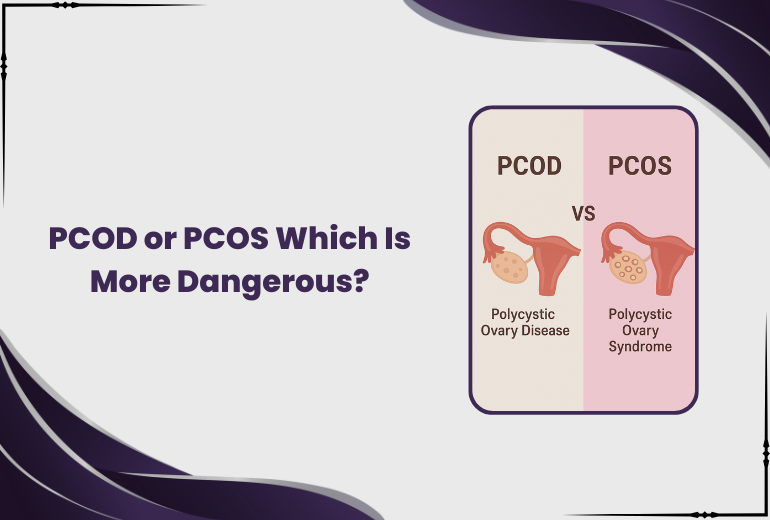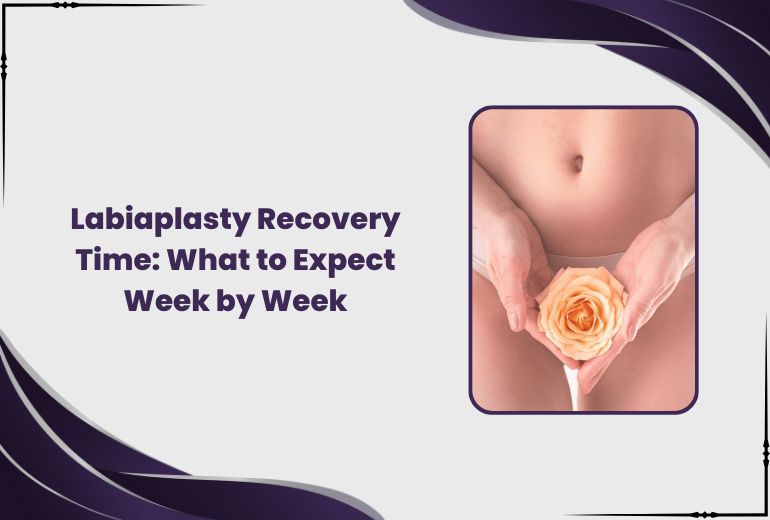What Causes Uterine Fibroids to Grow? Key Triggers You Should Know

What Causes Uterine Fibroids to Grow? - Know the Hidden Factors, Take Control!
Uterine fibroids are a common concern for many women, yet their growth remains a mystery to most. These noncancerous growths can range in size and impact, often causing symptoms like heavy periods, pelvic pain, and discomfort. While their exact cause isn’t always clear, certain factors—such as hormonal fluctuations, genetics, and lifestyle choices—can contribute to their development and progression.
Understanding these key triggers can help in early intervention and management. When it comes to compassionate and expert care, Dr. Marwa ElAjami specialises in diagnosing and treating uterine fibroids with personalized, evidence-based approaches to help women regain comfort and well-being.
What are Uterine Fibroids?
Uterine fibroids are noncancerous growths that develop in or around the uterus. Also known as leiomyomas or myomas, these tumors can vary in size—from tiny, undetectable nodules to large masses that distort the uterus. While some women experience no symptoms, others may suffer from heavy menstrual bleeding, pelvic pain, frequent urination, or even fertility challenges.
Fibroid Fact Check! Fibroids are incredibly common, affecting up to 70-80% of women by the time they reach menopause. |
However, some women may encounter no symptoms at all, on the other hand, some women may suffer from heavy menstrual bleeding, frequent urination, pelvic pain, or even fertility challenges.
What causes uterine fibroids to grow?
Although the precise cause of fibroids is not fully understood, several factors can lead to their development and growth:
1. Hormonal Influence
Hormones, particularly estrogen and progesterone, play a fundamental role in fibroid growth. These hormones stimulate the uterine lining to regenerate during each menstrual cycle, promoting fibroid formation and enlargement. High levels of estrogen, commonly seen in pregnancy or hormonal therapy, can accelerate fibroid growth.
2. Genetic Factors
Research indicates that fibroids may run in families. If your mother, sister, or grandmother has had fibroids, you may be at an elevated risk of developing them as well. Genetic mutations in fibroid cells can also influence their growth rate and behavior.
3. Obesity and Diet
Women with obesity are more likely to develop fibroids due to higher levels of estrogen stored in fat cells. Furthermore, diets high in processed foods and red meat and low in fruits and vegetables have been interlinked with an increased risk of fibroid growth.
4. Insulin-Like Growth Factors
Studies suggest that insulin-like growth factors (IGFs), which regulate cell growth and development, may contribute to fibroid development. Elevated IGFs in the body can stimulate fibroid cells to multiply at a faster rate.
5. Inflammation and Immune Response
Chronic inflammation and an imbalanced immune system can create an environment that encourages fibroid growth. High levels of inflammatory cytokines have been found in women with fibroids, suggesting a link between inflammation and fibroid progression.
6. Environmental Toxins
Certain endocrine-disrupting chemicals (EDCs), found in plastics, pesticides, and personal care products can impersonate estrogen in the body and contribute to fibroid growth. Reducing exposure to these toxins may help lower the risk.
What causes uterine fibroids to grow? After Menopause
While fibroids typically shrink after menopause due to declining estrogen levels, some women experience continued fibroid growth post-menopause.
The following factors may contribute to this:
- Hormone Replacement Therapy (HRT): Many postmenopausal women take HRT to manage symptoms like hot flashes and bone loss. Since HRT contains estrogen and progesterone, it can lead to fibroid persistence or growth.
- Obesity and Estrogen Production: Even after menopause, fat cells can produce estrogen, keeping fibroids active in overweight or obese women.
- Fibroid Degeneration and Calcification: In some cases, fibroids that were previously shrinking may undergo degeneration or calcification, causing symptoms similar to fibroid growth.
Managing and Treating Uterine Fibroids with Dr. Marwa ElAjami
If you are witnessing symptoms of uterine fibroids, seeking expert care is crucial. Dr. Marwa ElAjami, a trusted specialist in women’s health, provides comprehensive and personalized treatment plans tailored to each patient’s needs.
Her approach includes:
- Accurate Diagnosis: Using advanced imaging techniques like ultrasound and MRI, Dr. ElAjami ensures precise assessment of fibroid size and location.
- Hormonal Management: Medications that regulate estrogen and progesterone levels can help shrink fibroids and manage symptoms.
- Minimally Invasive Procedures: For symptomatic fibroids, options such as uterine artery embolization (UAE), hysteroscopic resection, and myomectomy are available.
Surgical Approaches
In cases where fibroids cause significant symptoms or do not respond to other treatments, surgical options may be necessary.
Depending on the severity and location of the fibroids, Dr. ElAjami may recommend:
- Myomectomy: A procedure that removes fibroids while preserving the uterus, making it quite preferable for women who wish to maintain fertility. It can be performed laparoscopically, hysteroscopically, or through traditional open surgery according to the size and number of fibroids.
- Hysterectomy: Hysterectomy is a definitive solution for women with severe symptoms or large fibroids. This process entails the complete removal of the uterus and may be performed using minimally invasive laparoscopic techniques or traditional open surgery.
- Laparoscopic or Robotic-Assisted Surgery: Advanced minimally invasive techniques that offer shorter recovery times, less scarring, and reduced postoperative pain. These methods are particularly beneficial for women seeking effective fibroid removal with minimal downtime.
Want to know more about ‘What causes uterine fibroids to grow?’
Get in touch with Dr. Marwa ElAjami
Uterine fibroids are impacted by multiple factors, including hormones, genetics, diet, and environmental toxins. While they often shrink after menopause, certain triggers can cause them to persist or grow. Understanding these factors empowers women to take proactive steps toward managing their health.
With the expertise of Dr. Marwa ElAjami, women suffering from fibroids can find effective, personalized treatment solutions that prioritize their comfort and well-being.
If you’re struggling with fibroid symptoms, schedule a consultation today to find out the best treatment options for your needs.






